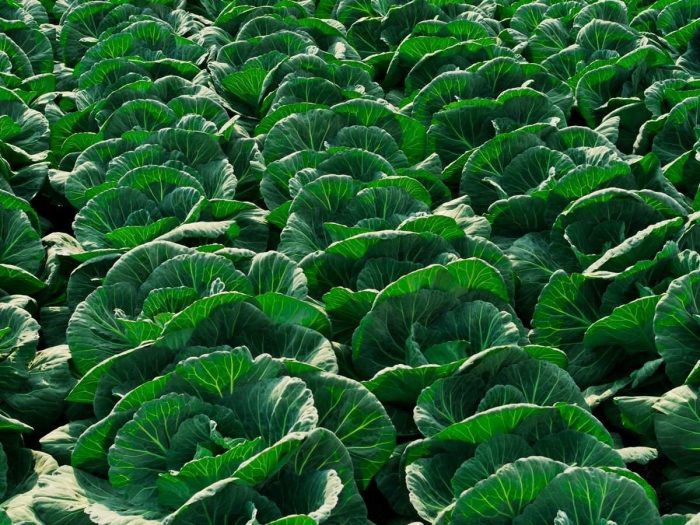Many people wonder about the variation between cabbage and lettuce, and while they may look the same and have some similar applications in our diet, there are some very important differences.
Cabbage Vs Lettuce
When it comes to cabbage and lettuce, people often mistake one for the other – until they start eating. If you tend to cook with greens, then knowing how these two leafy vegetables differ is crucial.
Cabbage
When it comes to nutritional content, cabbage has an impressive amount of vitamin C, more than 50% of the daily requirement per serving, and also provides vitamin B6 and protein.
Cabbage also contains glutamine and other active compounds that can help the respiratory and digestive systems. Cabbage is relatively low in calories, with only 25 in a 100-gram sample, and it is high in dietary fiber, boasting nearly twice as much as lettuce. [1]
Cabbage and lettuce don’t even belong to the same plant family – cabbage is a member of Brassicaceae, while lettuce is from the Asteraceae family.

A green cabbage farm Photo Credit: Shutterstock
The taste of cabbage is slightly more bitter than lettuce, and it is also more fibrous and less crunchy and refreshing.
Cabbage is typically boiled or steamed, rather than eaten fresh, due to its tough nature. The leaves of a cabbage plant tend to be tougher on the outside and softer on the inside, making those the desired leafy parts. [2]
Cabbages also come in multiple colors, such as purple and white, while lettuce tends to only come in the traditional green. Cabbage can be grown in cool, moist areas that have a neutral pH level.
Lettuce
This more common leafy vegetable has fewer calories than cabbage – only 15 in a 100-gram sample, but it also has half the dietary fiber, meaning that it doesn’t do as good a job at filling you up.
Lettuce also has a much smaller concentration of vitamin C than cabbage and lacks some of the other essential nutrients. Lettuce has higher water content and tends to have leaves that are more rigid. [3]
Contrary to cabbages, the leaves of a lettuce head tend to become firmer as you move towards the middle. Lettuce has a rather neutral taste and is easy to chew, with little notice of fiber or toughness.
Lettuce must be grown in sandy soil but has a wider range of pH in which it can flourish, but it similarly needs to be kept cool and moist. [4]
